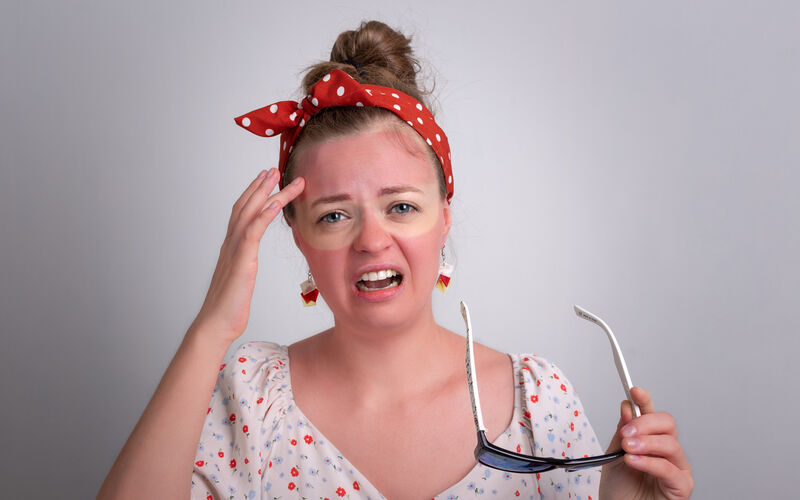Let’s Bust Some Sunscreen Myths
Living in the information age provides ample opportunities to get information about how to best care for your own health. But not every social media influencer is sharing correct information when it comes to protecting yourself from the harmful UV rays of our sun.
Ashley Moss, a physician assistant the Cutaneous Oncology Department at Moffitt Cancer Center is busting some of the popular myths floating around social media and sharing why asking medical experts for advice is wiser than listening to a social media influencer.
MYTH: The more time you spend outside, the less likely you are to get sunburned.
TRUTH: There is truth that having a tan complexion, or more melanin in your skin, does have protective factors against sun damage and skin cancer. However, this does not preclude you from acquiring skin cancer or having cosmetic sun damage issues later in life.
Getting a suntan is not healthy and there is no such thing as a health tan or a healthy sunburn. The sun does the opposite of making your skin stronger. The same thing can be said for tanning beds. The UV exposure from a tanning bed increases your risk of skin cancer by 75%!
UV exposure also causes visible aging, wrinkles, a leathery skin appearance and scaly patches of skin. It’s important to remember that skin damage starts with your very first tan, and each time you tan, that damage builds, creating more genetic mutations and a greater risk.
MYTH: Sunscreen is toxic and worse than the sun damage it helps prevent.
TRUTH: Sunscreen does have chemicals, but sunscreen itself does not cause skin cancer. Higher amounts of sun exposure and having risk factors like a lighter complexion or a freckly phenotype are associated with an increased risk of skin cancer.
While sunscreen is not dangerous, it’s important to remember that tanning oils are. Those can accelerate the rate of sun damage to your skin that will not only leave you with acute evidence of sun damage like a sunburn, but chronic sun damage that shows visible aging, freckling or skin cancers.
MYTH: Cooling down the skin can help prevent sunburns.
TRUTH: Cooling down can reduce your body temperature but it does not reduce your risk of sunburn. UV rays can penetrate and reflect off the water or even snow and still cause damage to your skin.
MYTH: Sunscreen blocks vitamin D production.
TRUTH: Vitamin D is produced in the skin when it is exposed to ultraviolet B (UVB) rays from the sun. While sunscreen blocks most UVB rays, it does not block all of them. The safest way to manage your vitamin D levels is with nutrition supplements, not by tanning.




